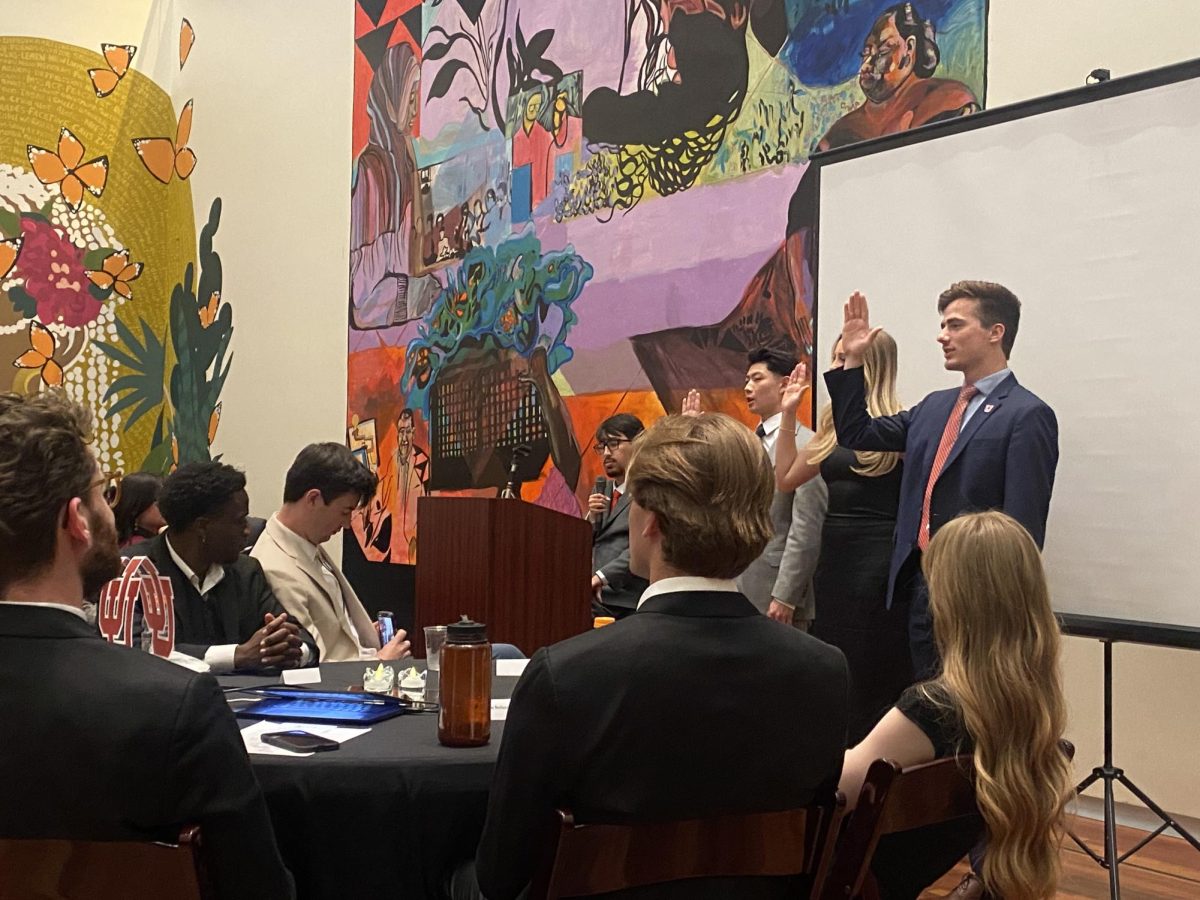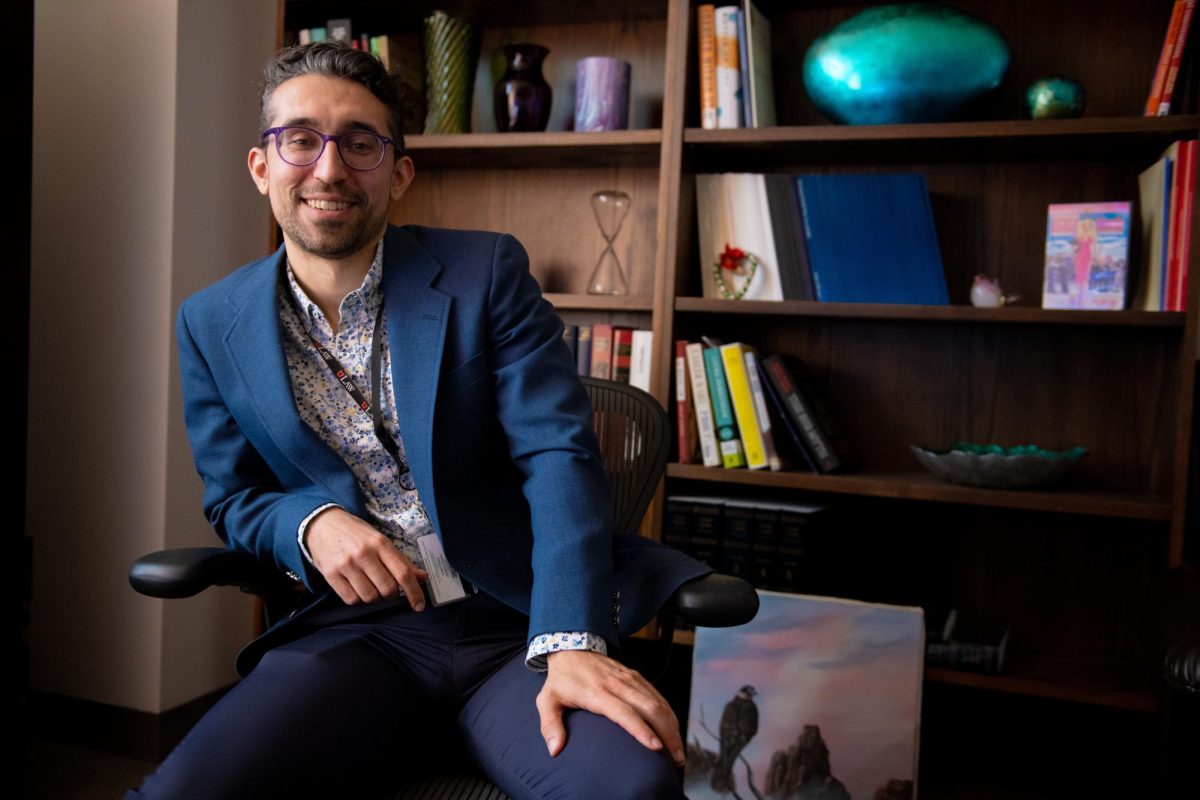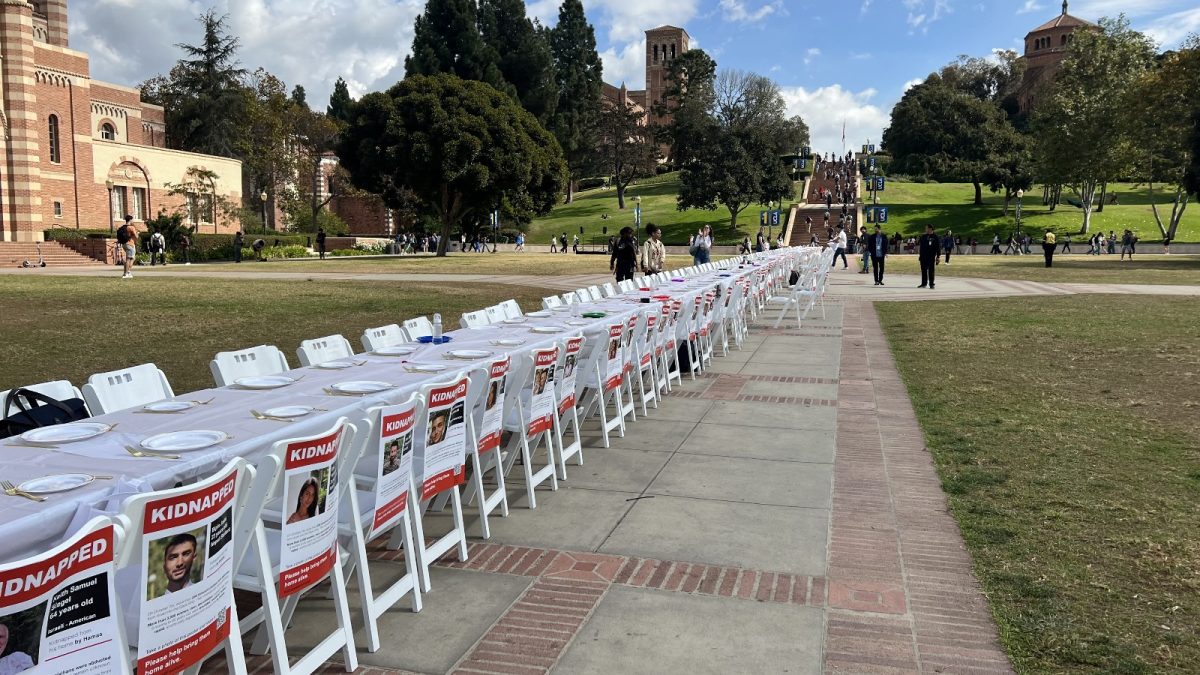Valeria Madsen was looking for a home with adequate storage and a patio for her daughter to play on. A fire protection system wasn’t on Madsen’s must-have list. By chance, she ended up buying a home equipped with a protective system.
“I love it,” said Madsen, a student in Spanish teaching and mass communication. “When we buy our next home, we’ll be looking for fire safety features.”
She is not alone. Many U students who live off campus, do not receive the same type of fire protection as those who live in the Residence Halls where smoke detectors are regularly checked.
Consequently, Senator Robert Menendez, D-NJ, co-sponsored a bipartisan resolution designating September as Campus Fire Safety Month.
“Awareness can go a long way toward preventing tragedies, which is why it’s so important to make sure students are informed and prepared to take action to prevent fires,” said Afshin Mohamadi, Sen. Menendez’s press secretary.
“We do fire drills with students who live on campus every Fall and Spring Semester,” said Michael Halligan, the U’s fire marshal. “We talk about their roles in fire safety.”
Halligan mentioned a student who saw a bike chained to a stairwell for several days. The student properly reported the obstruction after having received training at the Residence Halls.
“A key to prevention is student education,” Halligan said.
“Whether students live with roommates or families, they should have an evacuation plan,” said Halligan. “They should know where they’re going to meet outside the house to account for everybody.”
Fire safety education at universities is not without its problems.
“The constant challenge in education is the school’s high turnover,” said Marty Shaub, director of environmental health and safety. “Each new school year, we have to capture the attention of first-year students.”
“For many people, the only time they received fire safety education was during the third or fourth grade,” said Ed Comeau, publisher of “Campus Firewatch,” a monthly online newsletter. “There’s a big gap.”
Jeff Tometich, a senior in Japanese and marketing, couldn’t remember if he had received fire safety education in elementary school. Two years ago Tometich bought his first home.
“I definitely wasn’t thinking of fire safety,” said Tometich. “I was looking at cost, size, how new the place was, and the layout.”
Halligan stressed that students should always identify two possible exits in any buildings they’re in.
“Sometimes these exits will not be the same way you came in,” Comeau said. “They can be windows.”
Comeau said that exiting is only one of the steps of how to properly respond when a room is engulfed in fire.
“Get out, close the door so the fire doesn’t spread,” Comeau said. “Then raise the alarm.”
Although the U has never had a fire-related fatality, Halligan said we’re certainly not immune from having one. He wants U students to learn about fire safety because 80 percent of student fire deaths take place in a one- to two-mile radius of campuses nationally.
“Our students take fire safety seriously and we live in a community that is concerned with emergency preparation,” Halligan said. “Still, these things don’t eliminate the risk, they just reduce it.”
Boston University experienced two fire fatalities that occurred at two off-campus apartments earlier this year. In one of the tragedies, the evening began with several friends getting together and barbecuing over a charcoal grill. Wind blew embers onto a coach, starting a fire while the friends slept.
“You’re having fun, then you go to bed,” said Colin Riley, a BU spokesperson. “Two hours later, there’s a victim.”
Riley said that when a student dies in a preventable tragedy, it affects a university.
“A university is a community made up of smaller communities: student groups, classmates, etc,” Riley said. “Somehow you find yourself connected to that student.”
Comeau detailed how quickly a fire can take a life.
“Some people think they have ten minutes to escape,” Comeau said. “In reality, it’s measured in seconds to a few minutes.”
For these reasons, Halligan said that rentals should include operable heat detectors and preferably fire sprinklers. If there are no smoke detectors in a rental, students can contact Salt Lake City and an inspector will come out to investigate the situation.
Madsen and her husband have since bought a fire extinguisher and received training on how to use one.
“Without training, you could do more harm by using a fire extinguisher,” Madsen said.
She clears any clutter from the doorways and windows at night.
The doors and windows have to be accessible for my family to exit in case something happens,” Madsen said.
Madsen is now passing the lesson along to her child.
“My three-year-old daughter knows not to play in the kitchen or with candles,” Madsen said. “Each night she clears the toys from her bedroom door and windows.”











